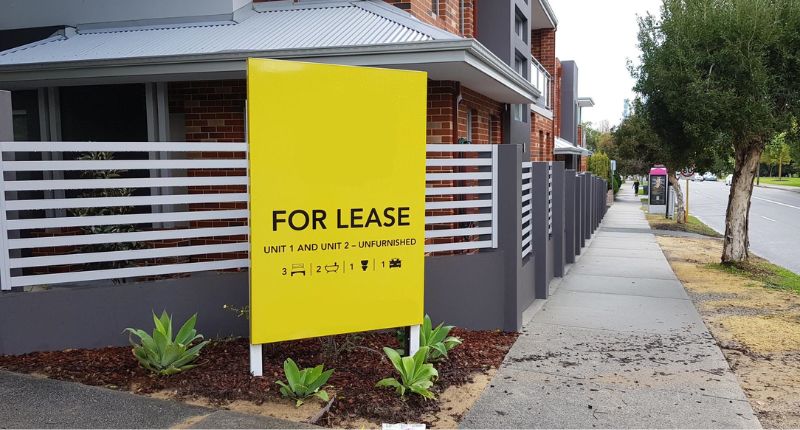- Rental growth eased up in the June quarter.
- Slowdown likely temporary as issues in demand and supply mismatch still persist.
- Adelaide pips Melbourne as the most affordable capital city for rents.
CoreLogic has released the Quarterly Rental Review for the year’s second quarter.
Australia’s monthly rate of rental growth slowed down in June, giving renters some reprieve, but it remains to be seen whether the rental crisis will disappear soon.
The conditions underlying the problem, high demand and a persistent supply shortfall, have yet to be addressed, and rental growth is still elevated from long-term averages.
Australia’s rents rose by 2.5% in the June quarter, in line with the rise in March. However, June’s quarterly results have dipped by 30 basis points from the 2.8% increase of the three months to May. This is also the first time that the national quarterly rent growth has declined since last year November.
Renters tackle rising costs with increased levels of shared housing
Kaytlin Ezzy, CoreLogic Economist and author of the report, says that although the national rental growth has decelerated across monthly, quarterly, and yearly trends, rental growth is still well above average. This slowdown can be gleaned through the annual movement, which saw national rents dropping from 10.2% over the 2022 calendar year to 9.7% over the 2022-23 financial year.
“The softening in rental growth occurred in spite of an ongoing surge in overseas migration and a continued shortage in rental supply, suggesting an increasing portion of tenants are reaching their affordability ceiling,” Ezzy says.
“While rental demand from overseas migrants is likely to remain strong for some time yet, particularly across the largest capitals, we’ve already seen a reduction in domestic rental demand via an increase in the average household size.”
National rents are now 27.4% higher than at the start of COVID-19, translating to a $127 weekly hike in median home rents. As such, Ezzy predicts that the average household size will grow in response to the price changes, with renters turning to larger share house arrangements to bear the brunt of the rental increases.
Unit rents closing in on houses
Ezzy says that rental growth is booming across the cheaper unit market, with national unit rents posting a new quarterly growth rate record of 4.4% over the three months to May before waning to 3.6% over the June quarter.
Quarterly rental growth rate – Capital city dwellings

On the other hand, rental growth for houses across the country recorded a gentler increase of 2.0% over the quarter. Driven by cost concerns, unit rentals have grown in popularity, resulting in the difference between median house and unit rents nearly halving from $62 in December 2021 to $34 in June.
Rentals remain scarce
Rental listings remain depressed from the prior five-year average, with a nationwide shortfall of about 32.4%, or 47,500 listings, recorded from the four weeks to 3 June 2023.
Nonetheless, national vacancy rates improved marginally over the quarter from 1.1% in March to 1.2% in June, a figure that is much lower than the pre-COVID-19 decade average of 3.3%.
Adelaide pips Melbourne as affordability king
Melbourne has lost its crown as ‘Australia’s cheapest rental capital city’ to Adelaide, with the latter city’s average rental dwelling being $549 per week as opposed to Melbourne’s $551 per week.
Still, Adelaide may lose its title to Hobart shortly, with a mere $3 weekly difference separating both cities, assuming Adelaide’s rents continues to rise while Hobart’s rents fall. Sydney stays the nation’s most pricy capital for the second quarter, with its median weekly rental values falling at $733.
Quarterly change in rental rates

Melbourne leads the pack across the capital cities, with a robust quarterly rental growth of 3.9% in the latest quarter, with Perth trailing at 3.4%, Sydney at 3.2%, Adelaide at 2.5%, and Brisbane at 2.1%. Darwin rents inched up by 0.7% over the same period, while Hobart and Canberra rents dropped by 1%.








